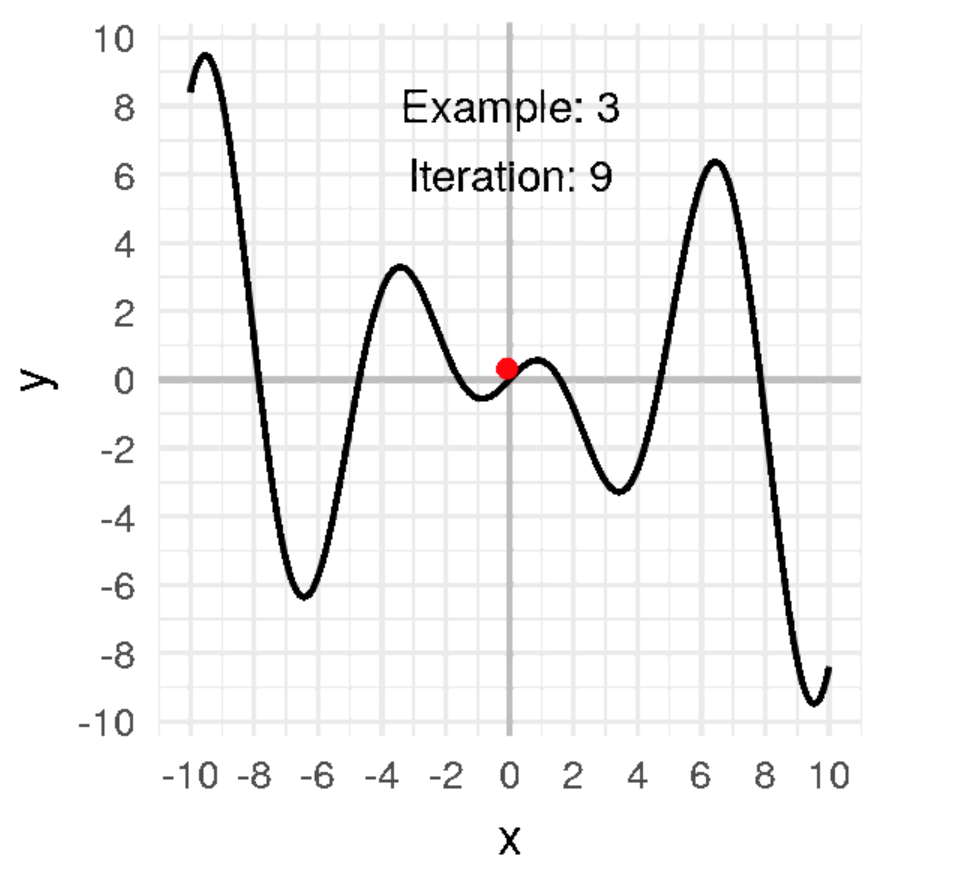人工智能学习
梯度消失:深度学习的挑战
介绍
深度学习使计算机能够从大量数据中学习并做出复杂的决策,从而彻底改变了人工智能领域。这一成功在很大程度上归功于深度神经网络的发展,它能够从数据中学习分层表示。然而,这些网络面临着一个被称为“梯度消失”的重大挑战,这可能会阻碍它们的训练和表现。在本文中,我们将探讨梯度消失的概念、其原因、后果和一些潜在的解决方案。
了解渐变消失
在深度神经网络中,信息流经多个层,每个层由相互连接的神经元或节点组成。在训练期间,网络通过调整这些连接的权重来学习,以最小化预测输出和实际输出之间的差异。这个过程是通过一种称为反向传播的技术实现的,其中计算损失函数相对于权重的梯度并用于更新模型。
当反向传播期间计算的梯度在向后传播穿过层时变得非常小时,就会发生梯度消失。因此,网络早期层的权重收到的更新可以忽略不计,从而显着减慢学习速度,甚至完全阻止学习。这种现象在非常深的网络中变得特别成问题。
梯度消失的原因
- 激活函数:激活函数在将非线性引入神经网络方面起着至关重要的作用。常用的激活函数(如 sigmoid 和 tanh)的输出范围有限,因此在反向传播期间保持大量梯度具有挑战性。当梯度太小时,权重更新变得微不足道,阻碍了学习。
- **权重初始化:**不正确的权重初始化也会导致梯度消失。如果权重的初始化方式导致激活太大或太小,则在反向传播期间梯度可能会变得非常小。
- 深度架构:网络的深度加剧了梯度消失问题。随着层数的增加,梯度必须经过更多的变换,从而导致进一步的减少。
梯度消失的后果
- 缓慢收敛:梯度消失会减慢神经网络在训练期间的收敛速度。该模型可能需要过多的时期才能从数据中学习有意义的表示,从而导致更长的训练时间。
- **性能不佳:**在极端情况下,梯度消失问题可能导致网络陷入次优解决方案,甚至完全阻止收敛,从而导致手头任务的性能不佳。
梯度消失的解决方案
- **ReLU和变体:**整流线性单元(ReLU)及其变体(例如,Leaky ReLU,参数化ReLU)作为激活函数而广受欢迎,因为它们在一定程度上缓解了梯度消失问题。ReLU函数提供非饱和激活,允许梯度在反向传播期间更自由地流动。
- **正确的权重初始化:**使用He初始化或Xavier/Glorot初始化等技术有助于适当地设置神经元的初始权重。这些方法考虑了每个神经元的输入和输出连接的数量,这有助于保持更好的梯度平衡。
- **批量规范化:**批量归一化是一种对每层输入进行归一化的技术,可有效减少内部协变量偏移。这种归一化有助于在隐藏层中保持一致的值范围,使训练更加稳定并减少梯度消失问题。
- **跳过连接:**跳过连接或残差连接允许梯度在反向传播期间绕过某些层。这种方法由ResNet架构推广,有助于缓解梯度消失,并促进非常深度网络的训练。
法典
下面是一个完整的单块 Python 代码,实现了具有梯度消失问题的深度神经网络,以及如何使用整流线性单元 (ReLU) 激活函数来缓解它。
import numpy as np
# Define the sigmoid activation function
def sigmoid(x):
return 1 / (1 + np.exp(-x))
# Define the derivative of the sigmoid function
def sigmoid_derivative(x):
return x * (1 - x)
# Define the ReLU activation function
def relu(x):
return np.maximum(0, x)
# Define the derivative of the ReLU function
def relu_derivative(x):
return np.where(x <= 0, 0, 1)
# Define the neural network class
class NeuralNetwork:
def __init__(self, input_size, hidden_size, output_size):
self.input_size = input_size
self.hidden_size = hidden_size
self.output_size = output_size
# Initialize weights and biases for the hidden layer
self.weights_hidden = np.random.rand(self.input_size, self.hidden_size)
self.biases_hidden = np.random.rand(1, self.hidden_size)
# Initialize weights and biases for the output layer
self.weights_output = np.random.rand(self.hidden_size, self.output_size)
self.biases_output = np.random.rand(1, self.output_size)
def forward(self, X):
# Calculate the weighted sum and apply ReLU activation for the hidden layer
hidden_layer_input = np.dot(X, self.weights_hidden) + self.biases_hidden
hidden_layer_output = relu(hidden_layer_input)
# Calculate the weighted sum and apply sigmoid activation for the output layer
output_layer_input = np.dot(hidden_layer_output, self.weights_output) + self.biases_output
output_layer_output = sigmoid(output_layer_input)
return output_layer_output
# Example usage:
if __name__ == "__main__":
# Sample input data (4 examples, 3 features each)
X = np.array([[0, 0, 1],
[0, 1, 1],
[1, 0, 1],
[1, 1, 1]])
# Corresponding target labels (4 examples, 1 label each)
y = np.array([[0],
[1],
[1],
[0]])
# Create a neural network with 3 input nodes, 4 hidden nodes, and 1 output node
neural_network = NeuralNetwork(input_size=3, hidden_size=4, output_size=1)
# Make a forward pass through the neural network to get the predictions
predictions = neural_network.forward(X)
print("Predictions:")
print(predictions)
在这个例子中,我们创建了一个包含 3 个输入节点、4 个隐藏节点和 1 个输出节点的简单神经网络。网络对隐藏层使用 ReLU 激活函数,对输出层使用 sigmoid 激活函数。权重和偏差是随机初始化的。
Predictions: [[0.9363414 ] [0.98761619] [0.9599209 ] [0.99235822]]
请注意,此代码用于教育目的,未针对生产用途进行优化。在实践中,您可能希望使用专门的深度学习库,如TensorFlow或PyTorch,它们提供了更有效和可定制的神经网络实现,包括用于消失梯度的内置解决方案。
结论
梯度消失是训练深度神经网络的重大挑战。这种现象会阻碍学习过程,并可能对模型的性能产生不利影响。研究人员和从业者继续探索创新的解决方案,以有效解决这个问题。随着深度学习领域的发展,解决梯度消失问题仍将是释放深度神经网络全部潜力并使其能够在广泛的任务中脱颖而出的关键方面。
-
酒店香薰厂家:创造独特客户体验12-24
-
程序员出海做 AI 工具:如何用 similarweb 找到最佳流量渠道?12-22
-
自建AI入门:生成模型介绍——GAN和VAE浅析12-20
-
游戏引擎的进化史——从手工编码到超真实画面和人工智能12-20
-
利用大型语言模型构建文本中的知识图谱:从文本到结构化数据的转换指南12-20
-
揭秘百年人工智能:从深度学习到可解释AI12-20
-
复杂RAG(检索增强生成)的入门介绍12-20
-
基于大型语言模型的积木堆叠任务研究12-20
-
从原型到生产:提升大型语言模型准确性的实战经验12-20
-
啥是大模型112-20
-
英特尔的 Lunar Lake 计划:一场未竟的承诺12-20
-
如何在本地使用Phi-4 GGUF模型:快速入门指南12-20
-
2025年数据与AI的十大发展趋势12-20
-
用Graph Maker轻松将文本转换为知识图谱12-20
-
视觉Transformer详解12-20


